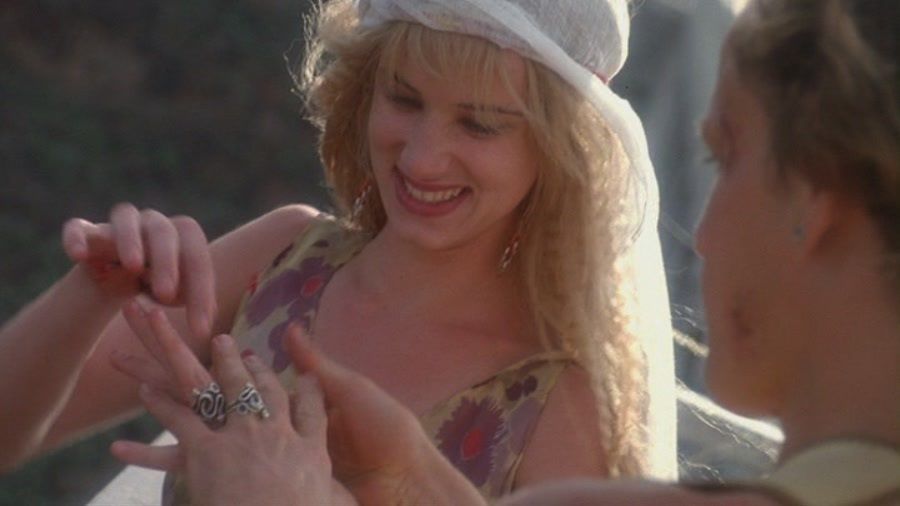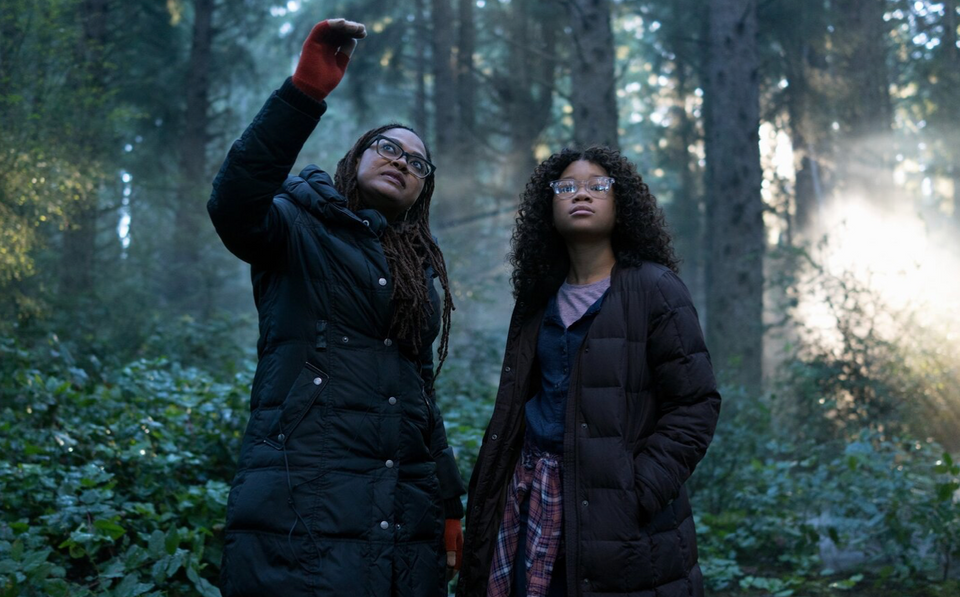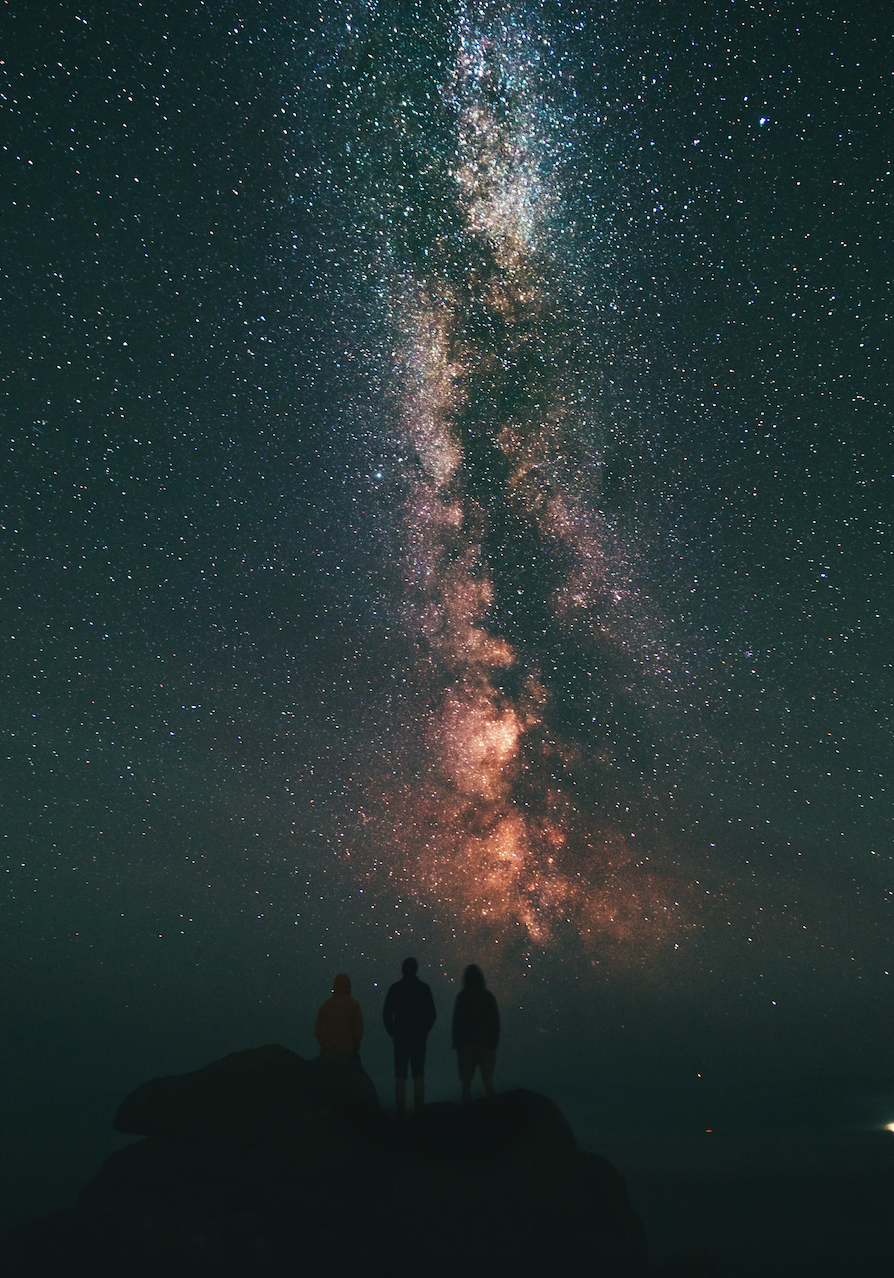[This is part two of a two-part essay. View the first part here.]
It would never happen.
Of course, the movie industry would never stop depicting gun violence in “positive” ways. Perhaps there is no call for such a step, even on moral grounds. As Aaron Farrington pointed out, guns are inevitable and sometimes necessary in real life. Therefore, they will show up in art. How could directors make war movies and crime movies without guns? They could not. But does that mean guns and their aftermath have to be shown as positive or inconsequential—a hot accessory like an Aston Martin DB5, or a casual gesture like the Lindy Hop? Perhaps not.
The economics of show business entered the conversation pretty quickly. Bob Massey wrote about the difficulty of getting something made in commercial entertainment; a story has to interest producers:
There’s a lot of competition and often the flashiest pitch wins. More subtle stories are hard to get made. In short, the more life-and-death the stakes for a character, the more compelling the story becomes for the audience… “kiss kiss, bang bang” [are] the only essential elements needed for a Hollywood film.
If a story includes loaded guns pointed at beloved characters, that story sells. Scott Teems concurred that serious gun violence is quintessentially not entertaining, and this is after all the entertainment industry we are talking about. Bullets piercing flesh are not fun. People won’t get laughs from a movie that shows the real results of gun murders, so they will soon stop buying tickets. Therefore…
The box office would suffer.
The film industry would never try it. But this is a thought experiment, in which we can pretend anything we like. So let’s pretend that they do. Let’s pretend only a few acts of gun violence will be shown on screen in the entirety of 2013, and they will be realistic: tragic, horrific, unbearable. If we “limit onscreen gun victims to one or two per film… then almost by definition the violence is never cool, funny, casual, painless, or valid” (Bob Massey). If we did this, how would it affect ticket sales?
Scott Teems wrote that the financial results would be disastrous at first, because the action film as a genre could not survive. Bob Massey agreed: there would be fewer escapist films, which means fewer patrons coming to the theater to escape, which in turn means less money. He went on, though, to note “that Bollywood relies on singing and dancing and pretty girls for its escapism and basically mints money.” The loss of money at the box office, then, would quickly be recouped. Scott Teems told us:
fear not, for this gaping entertainment hole would soon be filled by an extreme of some other kind. Most likely sex. Because one of the primary allures of Hollywood films is the vicarious experience of the unknown, the adventurous, the forbidden…. If there were no hyper-masculine gun fantasies to satiate male bloodlust… Hollywood would be quick to offer fantasies of another kind.
In other words, my thought experiment would not make the world a better place: it would just replace one problem with another.
Yet perhaps…
The movies would be better.
All my interviewees agreed about this. Movies without massacres would be better movies. Aaron Farrington said that mass gun violence in movies is bad art, because such scenes are impersonal and even boring. Bob Massey wrote: “One death is a tragedy, a hundred deaths is a statistic.” Statistical, shock-value deaths are quick-and-dirty ways to shoehorn thrills into stories. Mature, artistic storytellers can write more subtle stories without resorting to guns. Chris White thought the same:
If creators abstained for one full year from the flippant use of gun violence, they might be able to reclaim the dramatic power of “Chekhov’s gun”—the appearance of a gun in the first act of a play means that it will be fired in the third. The return of honest foreshadowing, dramatic tension, narrative excitement… just imagine how empowering this could be for creators!
Writers, directors, and actors would be forced to develop more subtle stories. They would investigate other forms of “death”:
spiritual death. Emotional death. Physical death by some slow process. But those are much harder to show onscreen. I’ll argue that those are also much more important to show onscreen. But it takes a high degree of skill as a writer…. These are the films that graduate from craft to become art. They are rarely blockbusters. Sometimes they make a profit, if the filmmakers are savvy and accomplished enough….. But making such films is hard and brave and time-consuming. Virtues not beloved by this industry. (Bob Massey)
Scott Teems said, “There are occasional films that break through the studio drivel and find (relative) box office success while telling stories that force audiences to wrestle with the dark truths of gun violence.” But it is hard to find these films; they rarely make it to the big screen. Yet they are great art. For sheer quality control, then, wouldn’t it be great if there were fewer terrible movies packed with meaningless violence?
If there were more artful, thoughtful films like that, it is just possible…
We might all be safer.
One of my interviewees told me that he saw Natural Born Killers in a packed Manhattan movie theater when it first came out. He said it was an awesome movie, but he was terrified. It made him want to shoot guns and blow stuff up—and there could easily be someone else sitting in that same theater, watching that same movie, who would really would be inspired to rush out and wreck havoc.
Chris White had a similar response: “I imagine it might make all of us little less jittery as we walk back to our cars following the nine o’clock screening of the latest whiz-bang action flick. A little less jumpy.” This, of course, loops back around to where we started: would this thought experiment, put into practice, really do anything to make us less jumpy? Wouldn’t a reduction in gun violence just be replaced with other violence in inverse proportion?
In other words, banning images of gun-happy shooters probably wouldn’t make any lasting difference, because…
A deeper social analysis is necessary.
Nathan Scoggins moved towards this deeper analysis when he pointed out:
“the human beast is capable of incredible violence without guns—be that tool of violence a bomb, airplane, knife, stick, bow and arrow, spear, gasoline and a match, fire, stick, etc. As a result, even if the studios and filmmakers voluntarily put a moratorium on gun violence (which would never happen), the core question for storytellers would be to continue to tell stories with dramatic conflict and narrative stakes. There are no greater stakes for a story than life and death, and there is no stronger, more visceral conflict than man vs. man. So, in my honest opinion, the question of whether guns specifically are the problem is an irrelevant one…. Perhaps the far more cogent question for filmmakers and storytellers is the context in which that violence is depicted.”
In what contexts, then, are depictions of violence either morally or artistically warranted?
For some people, watching death on screen provides “a vicarious thrill” that is actually healthy rather than dangerous: “an outlet for the increasing rage/confusion/angst that we feel…. Violence—particularly in the hands of a good man enacting either retribution or vengeance—can be a cathartic release for an audience conditioned to expect violence as a necessary and just retribution for villainous acts” (Nathan Scoggins). That would be good, then, if people watched violence as a way of preventing themselves from acting out their anger against others.
Sadly, this is not the only possibility. Nathan Scoggins went on to say that watching violence “can also frustrate audience members who return to a world of injustice and do not have the tools to cope with that world. As a result, what can be cathartic for one person can incite another.” What makes the difference? When does shooting on screen replace shooting in real life, and when does the one incite the other?
While the experts are still working on answering this question, trying to determine whether untreated mental illness makes the difference, Bob Massey suggested another, more disturbing possibilty: “Perhaps the flaw is in our national culture, which is premised on the Lone Hero myth. And also perhaps our national culture causes individuals to feel powerless, so each of us fantasizes about wielding power.” Does this suggest that Americans are more susceptible to imitating movie violence than members of other cultures? If that were the case, America would need to take a long deep into its collective spiritual condition. Banning guns on screen for a year would not provoke such healthy introspection: “it would not address the reasons people have such an appetite. People who feel powerless to change their circumstances resort to escapism—be it cartoonishly violent movies, or metal music, or video games, or wanton sugar consumption, or superficial churchgoing, or sexual thrillseeking, or thrillseeking of various flavors” (Bob Massey).
As opposed to banning gun violence altogther, “Films that depicted one or two victims (as opposed to the blur of bodies and blood that allows us to detach emotionally) would hit us harder, emotionally”— they would “force a confrontation with reality, if only for a moment.” Bob Massey summed up the importance of this thought experiment in his closing words to me:
“…other people exist, and have immense value, and are worth sacrificing for, because I myself have a value that is a deep mystery not limited to the here and now…. It is ONLY that kind of film that can affect human behavior, turning a person away from her violent, animalistic nature toward a way of being that is less self-centric, more sacrificial, more empathetic and willing to count the high cost of actual love for another.”
So it will not happen. Movie-makers will not limit themselves to only individual, serious, tragic acts of gun violence in 2013. You will be able to see all kinds of massacres on screen over the next ten months. But in the mix somewhere, in the arthouse theatres and indie film festivals, there are certain to be thoughtful films that engage with the seriousness of murder and the beautiful pain of the human condition.




